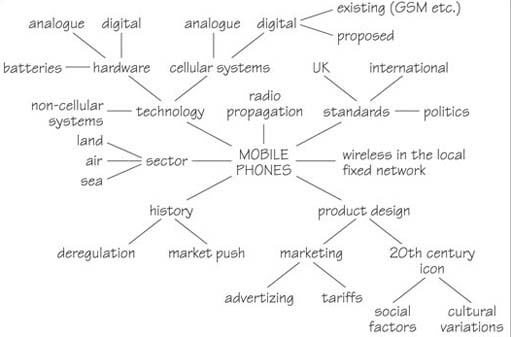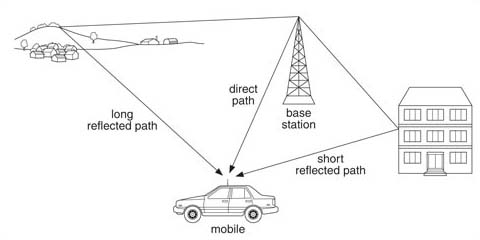3.7 Working with other people's diagrams – reading diagrams
Reading diagrams is an equally useful skill to that of drawing diagrams. Not only does it help you understand what other people are trying to convey, it also helps you be critical of the diagrams you draw yourself. In some cases diagrams are used to make the text look pretty or appealing and do not add to the understanding of the reader (hopefully not the case with the diagrams here!). Even when they are used more effectively there is a need to be critical of what information is being conveyed. One approach I have used is to ask myself a series of questions (as with analysing text, the choice of approach depends upon both the situation and your preferred style of working). The first set of questions are straightforward and relate to the features of the diagram that are present:
-
Is there a reference or an explanation of the diagram in the accompanying text?
-
Is there a title or legend explaining what type of diagram it is and/or what the diagram is trying to represent?
-
Are there labels on features shown in the diagram?
-
What are the size and scale of the objects?
-
Is there a key explaining the particular use of symbols in the diagram, e.g. what the lines/arrows and boxes/blobs represent?
-
Is there an acknowledgement indicating where the diagram may be taken from?
Activity 3
Spend a few minutes looking critically at the diagrams in Figures 8 and 9 and write down what you see as general features of them.


Discussion
My responses
The first thing that I noticed in tackling this activity was that two of the broad categories I listed earlier in Section 2 are represented: a non-pictorial, conceptual and a partly pictorial, schematic diagram respectively. The second thing is that both of the diagrams use a mix of words and lines. There are titles but no key, and since they have been taken from elsewhere I do not know if they were mentioned and/or discussed in the accompanying text. Despite this, does this initial analysis help us ‘read’ the diagram and extract the relevant ideas the ‘author’ wished to convey?
